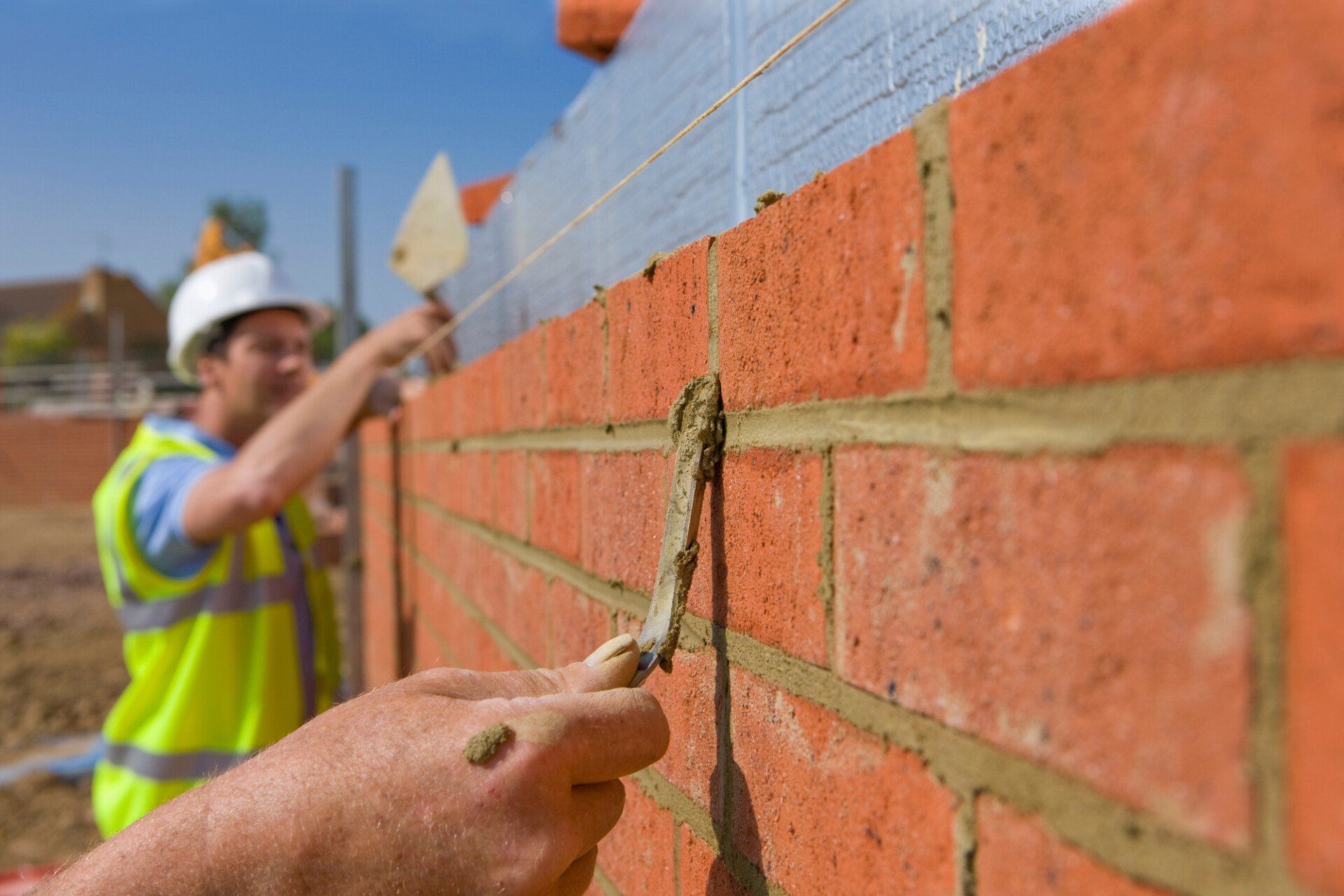Building in Brixton? Here’s How to Handle Party Wall Issues
Welcome to Adam Joseph Party Wall Surveyor's comprehensive guide to Level 3 Building Surveys. If you're in the process of buying or selling a property or simply need a detailed assessment of a building's condition, this guide is your go-to resource. We'll delve into what Level 3 Building Surveys entail, why they are important, and how they can benefit property owners, buyers, and sellers alike.
What is a Level 3 Building Survey?
A Level 3 Building Survey, also known as a Full Structural Survey, is a comprehensive inspection and assessment of a property's condition. Unlike basic surveys that provide a general overview, Level 3 surveys are thorough examinations conducted by qualified surveyors. They involve detailed inspections of both the interior and exterior of a building, identifying any defects, structural issues, or potential problems that may affect its value or safety.
When is a Level 3 Building Survey Recommended?
Level 3 Building Surveys are recommended in several situations:
- Before purchasing a property: Buyers can commission a Level 3 survey to gain a detailed understanding of the building's condition, potential repair costs, and any hidden issues that may impact their decision.
- Before selling a property: Sellers can opt for a Level 3 survey to identify and address any defects or maintenance issues beforehand, ensuring a smoother sales process.
- For older or historic properties: Older buildings often require more thorough inspections due to their age, construction materials, and potential structural concerns.
- Before major renovations or alterations: Property owners planning significant renovations or alterations can benefit from a Level 3 survey to assess the building's suitability and identify any structural implications.
What Does a Level 3 Building Survey Cover?
A Level 3 Building Survey covers a wide range of aspects, including:
- Structural integrity: Assessing the condition of the building's structure, including walls, floors, roofs, foundations, and load-bearing elements.
- Damp and moisture issues: Identifying areas of dampness, water ingress, condensation, and potential mold growth.
- Roof condition: Inspect the roof covering, flashings, chimneys, gutters, and any signs of leaks or damage.
- Internal and external features: Evaluating the condition of doors, windows, walls, ceilings, floors, staircases, and other fixtures.
- Services and utilities: Checking the condition of plumbing, heating, electrical systems, ventilation, and fire safety measures.
- Defects and repairs: Document any defects, damage, wear and tear, subsidence, or structural movement, along with recommended repairs or remedial actions.
Benefits of a Level 3 Building Survey
- Comprehensive assessment: Provides a detailed and thorough evaluation of the property's condition, highlighting both minor issues and major defects.
- Informed decision-making: Helps buyers make informed decisions about purchasing a property based on its true condition and potential maintenance costs.
- Negotiation tool: Allows buyers to negotiate with sellers based on the survey findings, especially if significant repairs or renovations are needed.
- Peace of mind: Gives sellers confidence in the property's condition and can prevent unexpected issues during the sales process.
- Planning for maintenance: Enables property owners to plan and budget for future maintenance, repairs, or improvements based on the survey recommendations.
- Compliance and safety: Ensures compliance with building regulations, safety standards, and insurance requirements, reducing risks for both buyers and sellers.
Choosing a Qualified Surveyor
When commissioning a Level 3 Building Survey, it's crucial to choose a qualified and experienced surveyor. Look for surveyors who are members of reputable professional bodies such as the Royal Institution of Chartered Surveyors (RICS) in the UK. Verify their credentials, and expertise in building surveys, and ask for sample reports or references to gauge their thoroughness and professionalism.
Understanding the Survey Report
After the Level 3 Building Survey is completed, you'll receive a detailed report outlining the findings, observations, recommendations, and conclusions. Take the time to review the report thoroughly, seeking clarification on any technical terms or issues you don't understand. Discuss the findings with your surveyor to gain a comprehensive understanding of the property's condition and any necessary actions.
In conclusion, a Level 3 Building Survey is an essential tool for property buyers, sellers, and owners seeking a comprehensive assessment of a building's condition. By understanding what Level 3 surveys entail, when they're recommended, their coverage, benefits, and how to choose a qualified surveyor, you can make informed decisions, ensure property transactions proceed smoothly, and maintain your property's value and safety for years to come.








